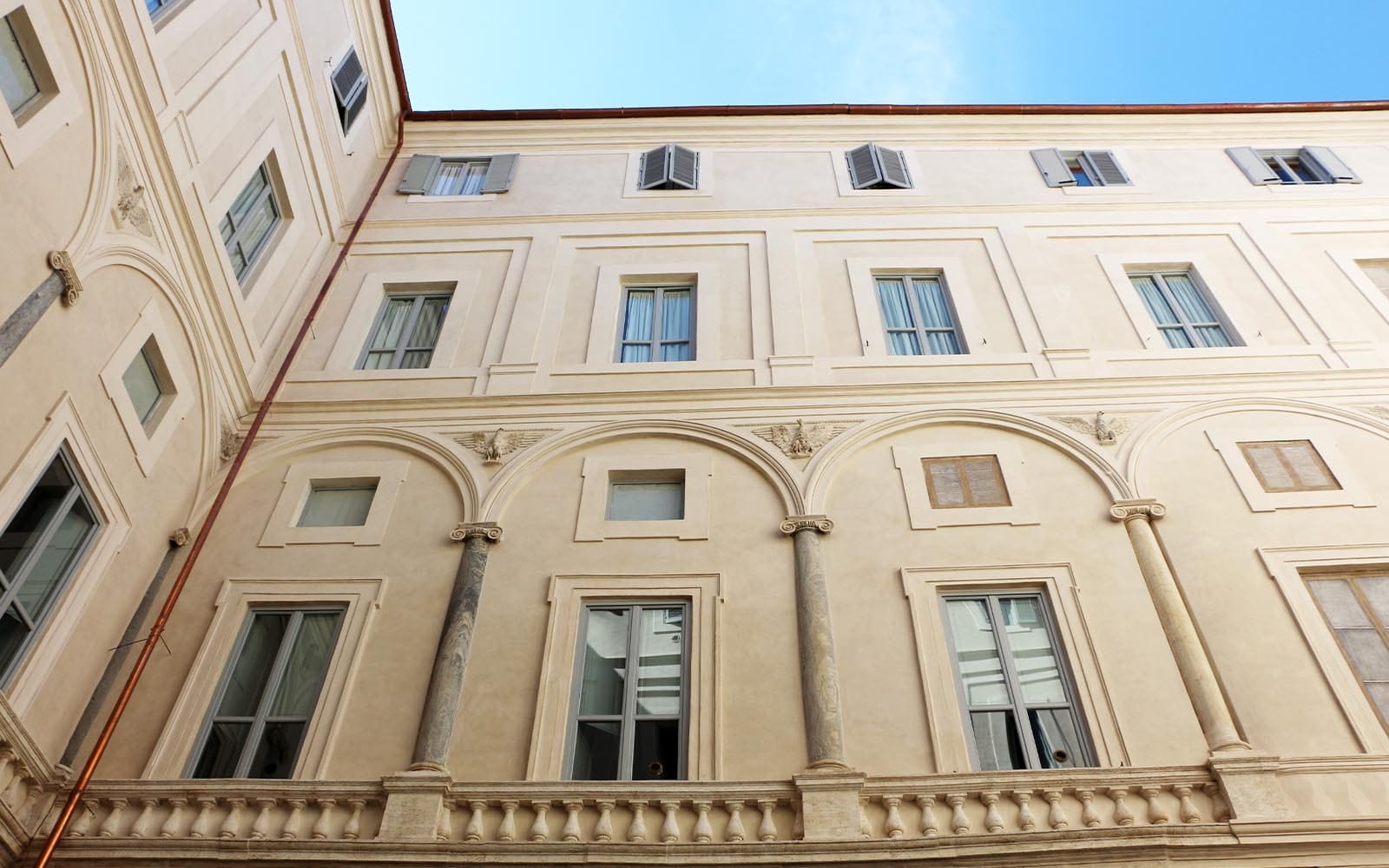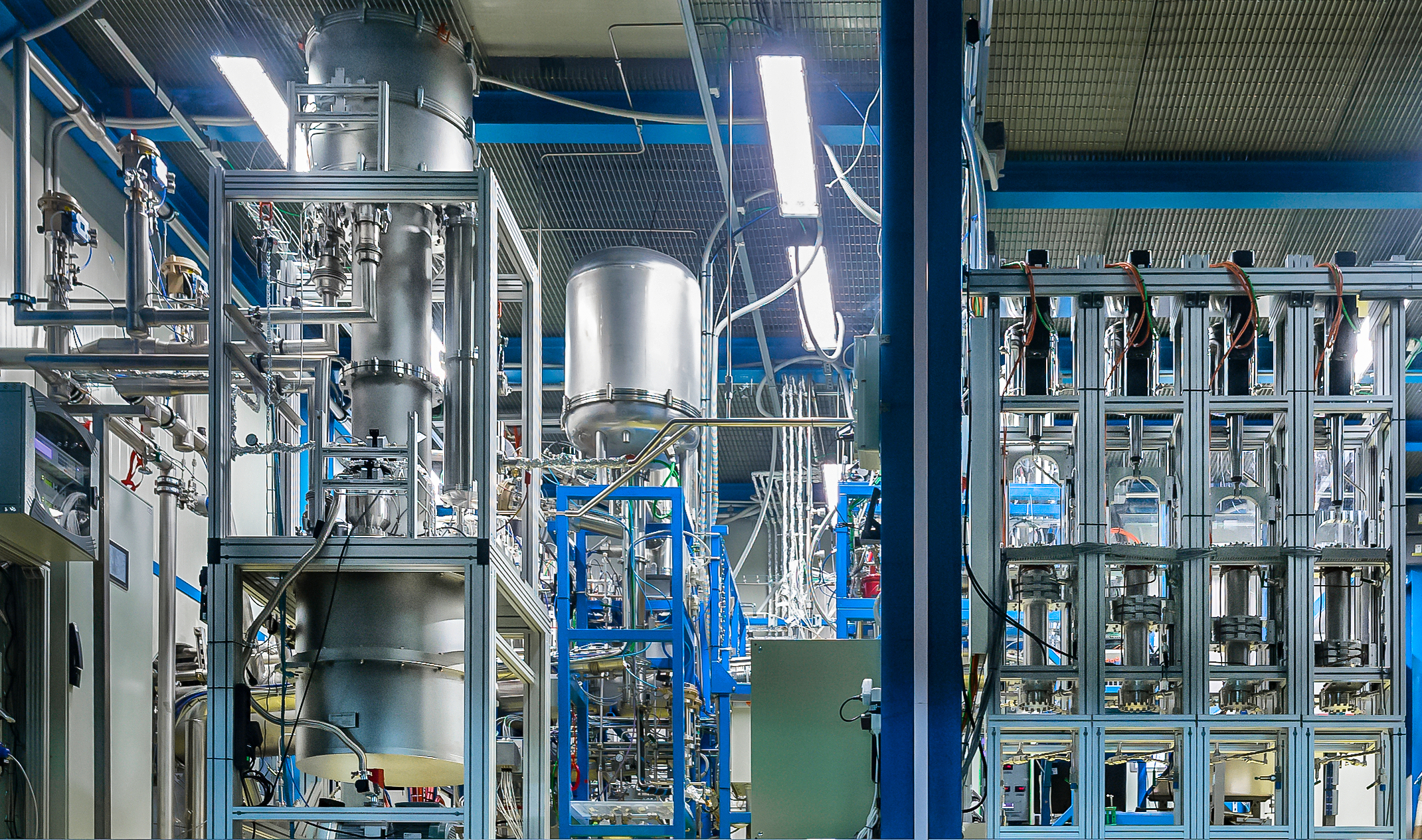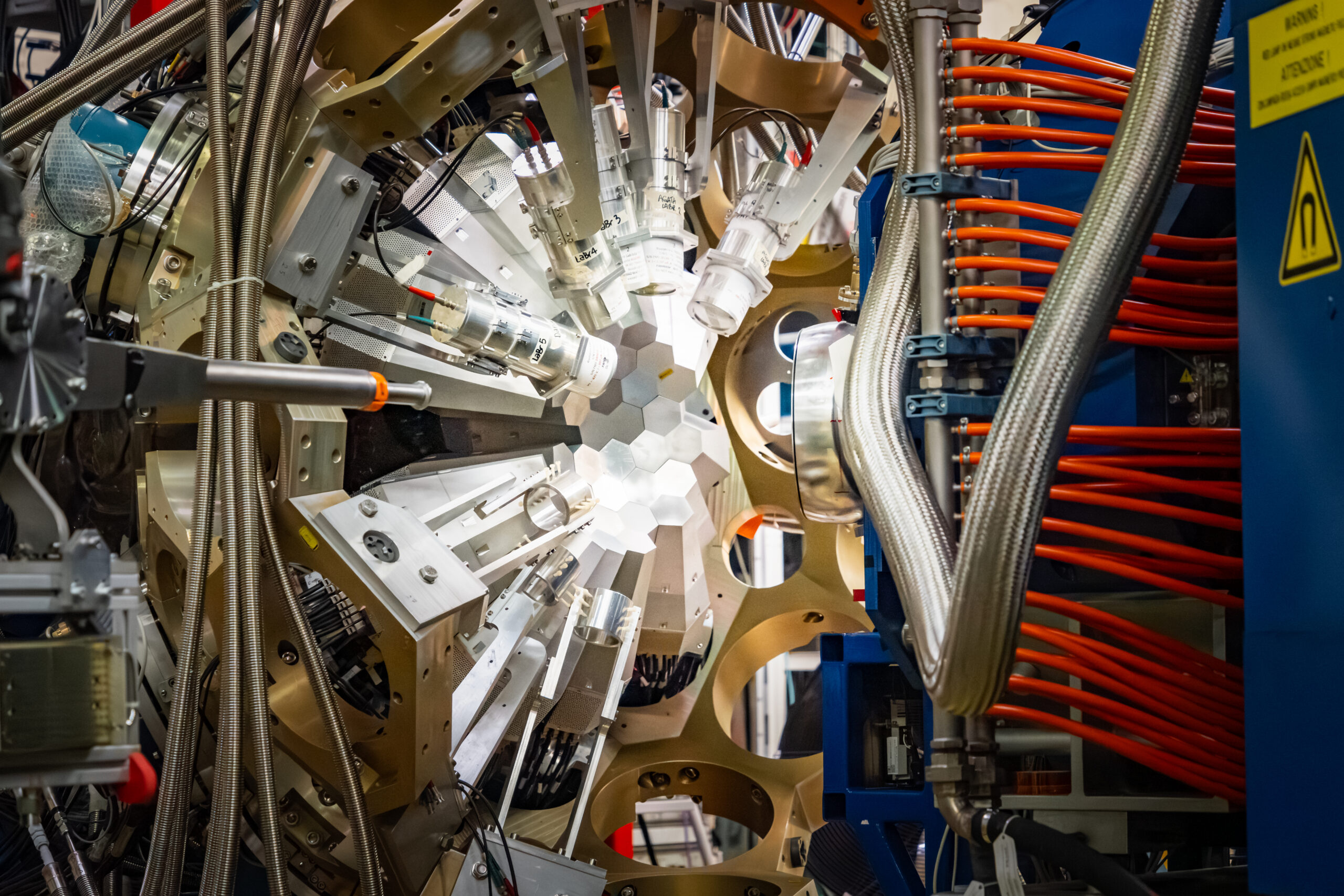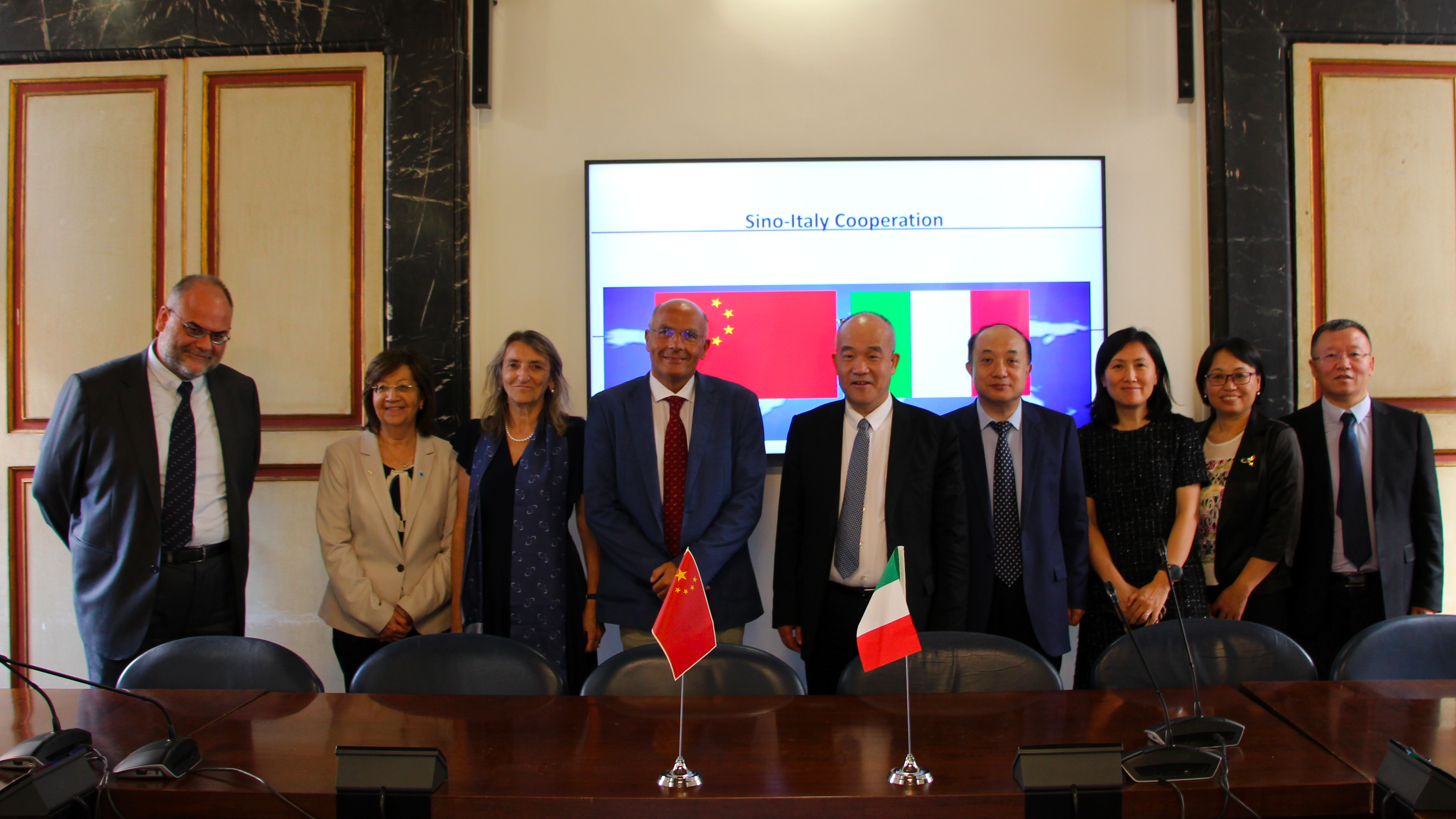
As from this year, the INFN has joined the list of partners for the Maker Faire, the important exhibition for new digital artisans. The Italy 2015 edition was hosted by the Sapienza University in Rome. Makers from the INFN showed the public how to build a homemade particle detector, using simple ingredients. The instruments presented at the event, a cosmic ray detector and accelerated particle beam scanner, were built using “ArduSiPM” Arduino Shield software and board, developed for research purposes by the INFN’s Rome division. With the addition of a few electronic components, it was possible to build a particle detector data acquisition and control system, creating a small-scale replica of the large physics experiments built by the INFN. The homemade detector is very similar to the larger versions used for instance in the LHC accelerator at CERN, but its very low production costs mean it has numerous applications in education. As well as presenting the work of its makers, the INFN also took part in the Maker Faire Rome 2015 with a contribution to the exhibition called “La Scienza illumina” (Science illuminates), the aim of which was to raise awareness among people of all ages about sustainability and energy saving. The exhibition was designed and realized by the Sapienza University in Rome.





